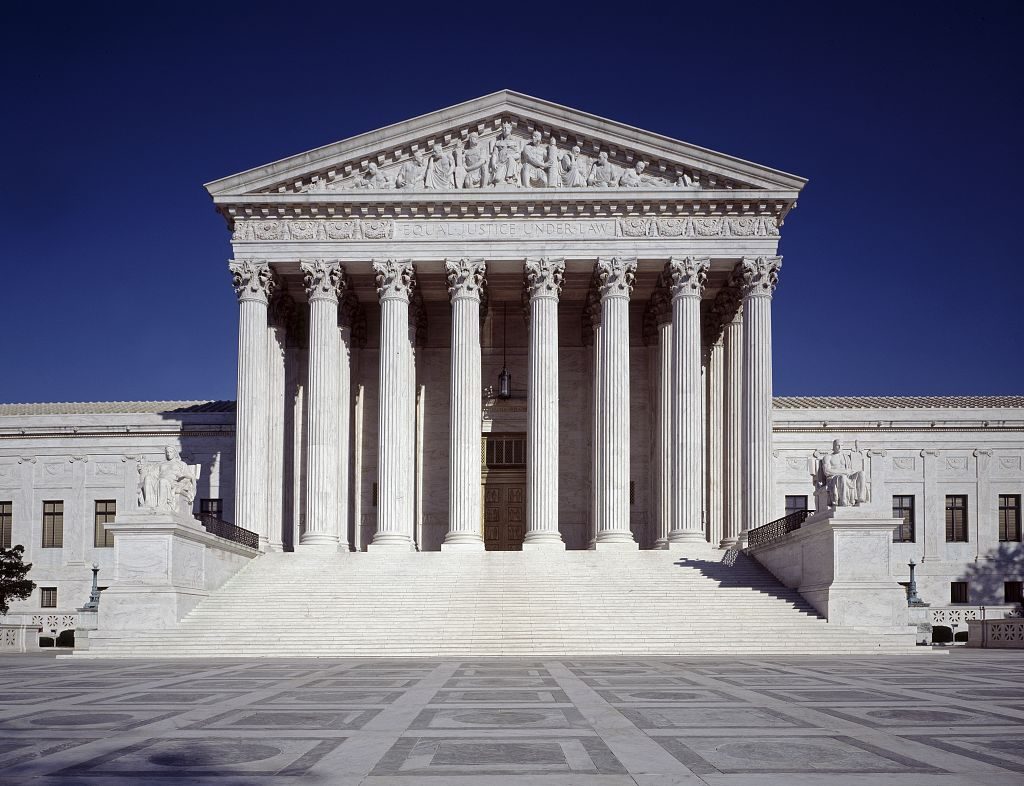Fighting words refer to direct, face-to-face, personal insults that would likely lead the recipient to respond with violence. The U.S. Supreme Court developed the fighting-words doctrine in Chaplinsky v. New Hampshire (1942), a case involving a Jehovah’s Witness named Walter Chaplinsky who was arrested in Rochester, New Hampshire, for breach-of-the-peace for cursing at a local marshal.
Chaplinsky contended that the breach-of-the-peace law was too vague, as it prohibited “offensive, derisive, or annoying” speech. However, the New Hampshire Supreme Court interpreted the law narrowly to apply only to what it termed “fighting words.” Chaplinsky appealed to the U.S. Supreme Court, which unanimously affirmed his conviction.
Justice Frank Murphy wrote, “There are certain well-defined and narrowly limited classes of speech, the prevention and punishment of which has never been thought to raise any Constitutional problem. These include the lewd and obscene, the profane, the libelous, and the insulting or ‘fighting’ words – those which by their very utterance inflict injury or cause an immediate breach of the peace.”
Murphy added that fighting words are “no essential part of any exposition of ideas, and are of such slight social value as a step to truth that any benefit may be derived from them is clearly outweighed by the social interest in order and morality.”
The U.S. Supreme Court placed a key limitation on fighting words in the celebrated free-speech decision Cohen v. California (1971). Paul Robert Cohen wore a jacket bearing the words “Fuck the Draft” to a Los Angeles County Courthouse. The officer asked a judge to find Cohen in contempt of court, but the judge refused. The officer then arrested Cohen in the courthouse lobby under a California breach-of-the-peace law.
Cohen argued his jacket—though profane—was protected speech. The state countered that Cohen had engaged in unprotected fighting words. The Supreme Court, in a 5-4 decision, sided with Cohen. Justice John Marshall Harlan II wrote that the words on the jacket were not a “direct personal insult” and there was “no showing that anyone who saw Cohen was in fact violently aroused or that [Cohen] intended such a result.”
In later decisions, the Supreme Court also has refused to affirm a conviction under the fighting-words doctrine in a series of decisions, including Gooding v. Wilson (1972), Lewis v. New Orleans (1974), City of Houston v. Hill (1987), and the cross-burning case R.A.V. v. City of St. Paul (1992). The court either found that the disorderly conduct laws in question were too broad or, in the case of R.A.V., the law constituted viewpoint discrimination prohibiting only certain types of fighting words.
Tags

